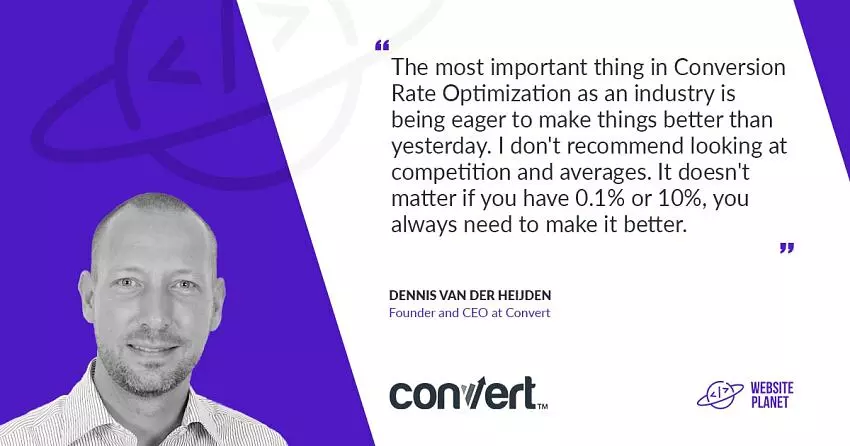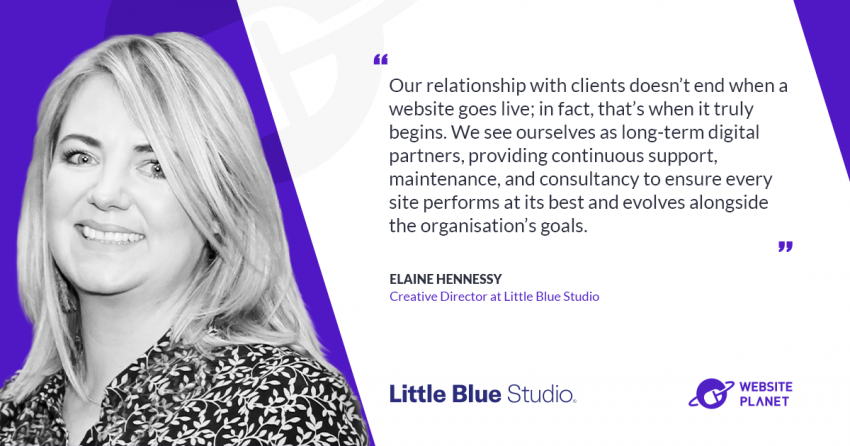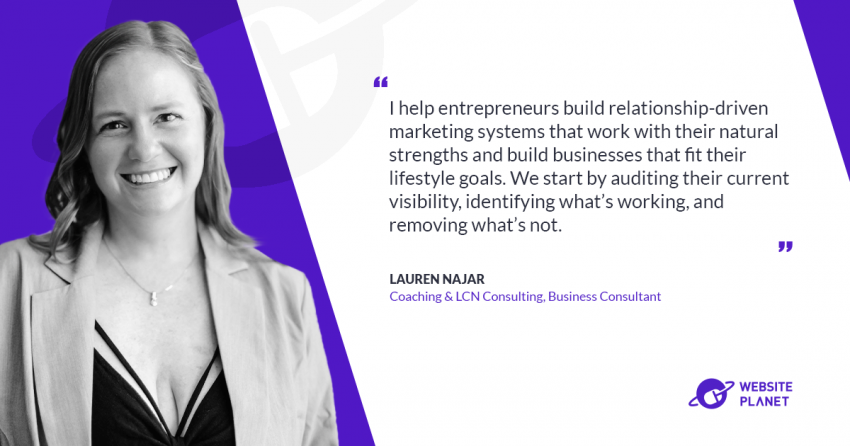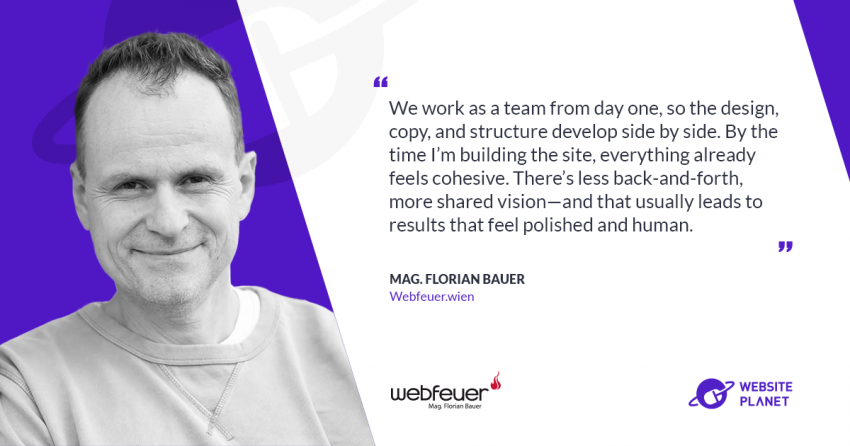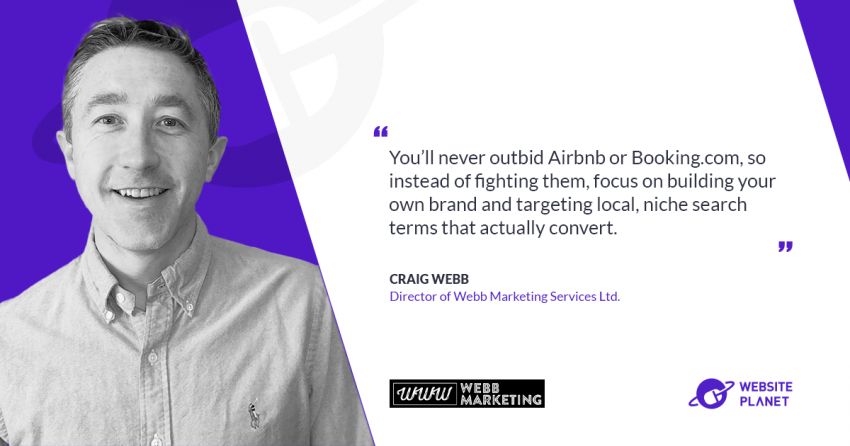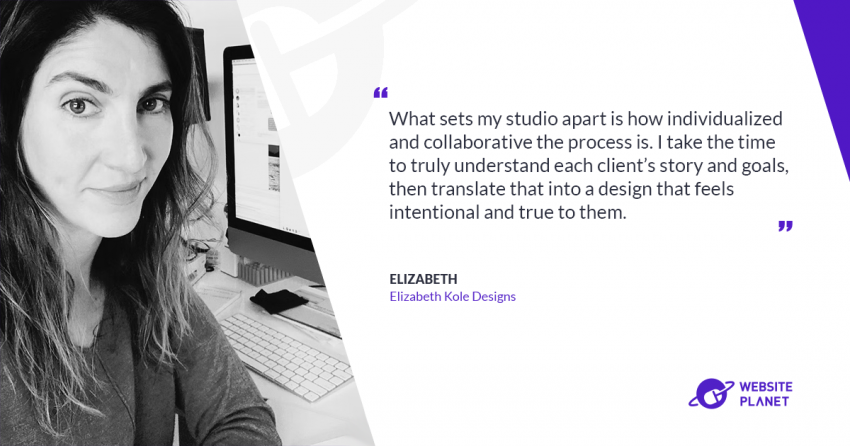Convert.com is a conversion rate optimization and A/B testing tool focused on GDPR compliance and great customer support. In this interview, CEO Dennis Van Der Heijden talks about how Convert came together, and reveals a unique approach to business management in the 21st century.
Please describe the story behind Convert. What started the idea, and how has it evolved so far?
I started Convert.com (previously Reedge) in 2009. The idea of offering such a solution that could help companies get more conversions occurred to me when Claudiu (now my co-founder at Convert.com) developed a personalization WordPress plugin for me for a company that I was employed with prior to starting Reedge.
Claudiu — whom I had hired via a freelance platform for this plugin “gig” — helped my company personalize our huge portfolio of about 200 websites. The results were amazing. We made significantly more conversions with just 50% of the traffic we targeted. I realized we were onto something, but at the time, I didn’t know that the term for what we did was “personalization.” I felt intrigued and wanted to learn more and take the idea forward.
So I decided to invite Claudiu to Reedge/Convert.com. And although Caludiu and I had been working together for about six years by this time, I had never met him. To formalize things, I flew to Bucharest, Romania, where we met and worked on this idea for a weekend together, got to know each other, and he became the CTO of Reedge/Convert.com.
I knew I couldn’t have done it without him and he felt the same way about me. In 2010, almost immediately after Claudiu finished university, we teamed up as partners and formally established Convert.com/Reedge.
At that time we had about 40 customers. We realized that what we were offering in terms of our services/technology was actually called conversion optimization, A/B testing, and personalization.
Back then, there was only one company that provided these services, called Omniture, and it was charging around $100,000 dollars for its service, which meant it was only available for large-scale enterprise clients. So when we started offering that same service for $29, it was a true game-changer for SMBs.
In 2011 — about a year into formally establishing Convet.com — we created our first visual editor. The editor eliminated the need for having to code everything from scratch for creating variations for an experiment and made it super-easy even for our non-tech savvy users to create new variations and launch their tests.
The A/B testing solution provider space back then had just us and VWO competing on the “A/B testing software” technology, followed by Optimizely and a bunch of other companies that joined the game later along the line.
In the same year, 2011, we got funding from a U.S. VC fund, but we didn’t do the right things. We had a lot of hypotheses and MVPs — but in the end, we were still doing A/B testing and were convinced that was our way forward. Once we established that understanding, we became profitable and we never raised again, because it was no longer necessary.
Fast forward 8 years to now and Convert.com is a company with 30 employees who are all working remotely from all over the world. We run on a management style called holacracy, which means we have no managers and work in a completely decentralized model. Everybody in the company feels for the business and contributes their share toward our growth goals. We currently have hundreds of customers who are mostly SMBs that run between 1-15 Million USD through their websites and have at least 200,000 unique visitors per month. I’d say that’s our portfolio.
Below are some screenshots from Convert.com’s visual editor.

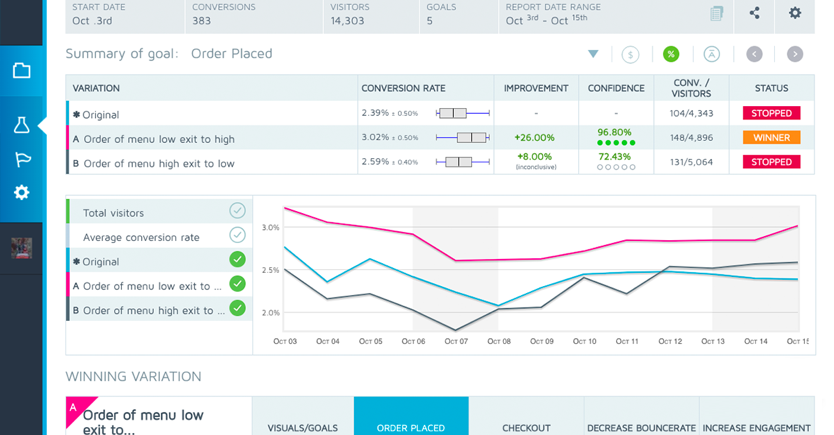
What are the most fundamental things that every digital marketer should know about conversion rate optimization (CRO)?
The most important thing in CRO as an industry is being eager to make things better than yesterday. I don’t recommend looking at competition and averages. It doesn’t matter if you convert at 0.1% or 10%, you always need to think about making it better.
Being curious — that’s the key. Because there’s no hack or tool that WILL work for you. For instance, you’re not going to make more money simply by installing Convert on your website and launching tests. What it really comes down to is wanting to find out why people are frustrated and what their problems are and what’s stopping them from converting. The answers lie in usability testing, user behavior research, heatmap and data analytics, survey responses and more. You’ll find them if the questions bug you enough.
Everything you do before A/B testing is to see what people are doing. So find out where people have a problem, and try to create a hypothesis about why it’s happening.
For example, one of our customers spotted in their heatmap that 15% of the people who visited their cart page clicked the cart icon at the top of the page. But why would you do that if you’re already on the cart page?
The hypothesis said that people thought clicking the cart icon would take them to the next step — the checkout page. Which wasn’t happening in this case. Clicking that button reloaded the exact same page, leading those 15% to believe there was something wrong on the website.
So based on the hypothesis, this customer decided to take that icon and direct it to the checkout page, resulting in a 4% increase in revenue in that quarter alone. Fascinating, isn’t it? Just by being curious and asking the right questions, they managed to remove the frustration of reloading the page. Thinking that users who did it were silly for not knowing what the cart icon looked like wasn’t going to solve the problem. But as they were already clicking it, just changing the icon’s URL increased the revenue by 4%.
Another thing is to not feel discouraged if you don’t have enough traffic to support A/B tests and other experiments. Because not being ready for experiments doesn’t mean you can’t optimize for more conversions. Just dig into whatever data you have, and when you do it right, you’ll still spot multiple areas for optimization, each of which usually has a monetary value associated with it.
Errors, for example. Just run your website through a diagnostic tool and it will flag all the errors it has. You don’t run tests on errors, you just remove them.
Slow loading pages need to improve too, period. Again, there’s no need for A/B testing here, just make it load in 2 seconds.
Test your forms! Are they working properly on all browsers, devices, and operating systems? Again, capture errors, particularly JS errors! There’s a massive amount of money that can be saved just by removing errors, and you don’t need Convert.com for that.
Conversion is not an easy industry to be in, it’s more for mature companies whose websites get 200,000 visitors or more per month. When you have time, a developer, and a researcher to be able to do those things, or can hire an agency, that’s when you can expect to move the needle.
Some automated tools do their magic. But Convert.com is not one of those solutions. We can only help hardworking people who are curious enough to do their work effectively.
How would you advise marketing professionals to deal with the huge amount of data received from tracking tools?
Today there’s a sort of a strange data collection trend where everybody loves to collect data.
But if you don’t know what to do with all the data you collect, don’t collect it. So if your’re a CRO professional, don’t use tens of tracking tools running indefinitely on your company’s or client’s website. For example, we don’t have Hotjar on all the time for collecting heatmaps or session recordings on our website. But if we see low conversions or massive dropoffs at some point in our conversion funnel, we’ll capture about 1000 impressions or so at that point and see what’s happening. My point is that you should be mindful about what data you collect.
Using analytics tools is the basis. Install them for some rich quantitative data. Beyond those, use a good heatmap analytics tool and configure it so that you don’t end up collecting any private information. You might also order session reviews where somebody buys something on your shop and record it, which would cost you about $25-50 per video on Fiverr.
You can also invest in surveys or feedback tools to get some invaluable qualitative data that could assist you in forming your hypothesis.
Remember that you only need a few strong data points to form a good hypothesis. In fact, if you check out some of the case studies we’ve done with Convert.com users, you’ll see that most of them used only Google Analytics and Hotjar to power their hypothesis. That was their data analytics and research tech stack (only two tools!). And mind you these are all experiments that resulted in significant increases in conversions.
Essentially, if you don’t need data, don’t ask for it. If you’re not absolutely sure that a piece of data is necessary for forming an informed hypothesis, don’t collect it. Besides, the more data you collect, the more friction you’ll have, reducing your overall conversion.
Also, users are increasingly demanding back their online privacy, so you don’t want to ask for more information than they’d be willing to give. And don’t forget there can be serious implications if you suffer data leaks, especially if you serve European customers, where privacy is expected by default.
In your view, which technologies can we expect to see more of in this field in the next 5 years?
As a conversion optimization tech company, we’re keenly following the advent of Machine Learning in the industry. Especially as it relates to the optimization of images and texts as these elements make a core part of a digital experience’s messaging. The idea that text and images could load automagically based on the preference of the person on the other side of the screen is very intriguing for us.
In fact, we’re even offering something similar in our upcoming product, Convert Nexus. Nexus helps companies generate different versions of their web pages (with personalized texts and images) to offer personalized experiences to their key prospects. This is like offering one-on-one experiences, but automatically at scale to hundreds of users. We think being able to present content in a way that feels comfortable to each user could mean a complete maximization of your conversion rate.
Another concept that fascinates us is natural language generation (NLG), meaning, generating text for your website on the fly based on what you know about your users — for instance, information about their country, device, and also the information they provide on their customer profile. Some people don’t like to read texts, so we can shorten it for them, make bullets, or use more visual aids. Others prefer to see more detailed information, for example, if they are B2B buyers. Essentially, the idea here is to help people get to their goal as quickly and as easily as possible.
These are some of the things we’re totally watching out for, and we think we’ll get to see some really edgy solutions in the future.
